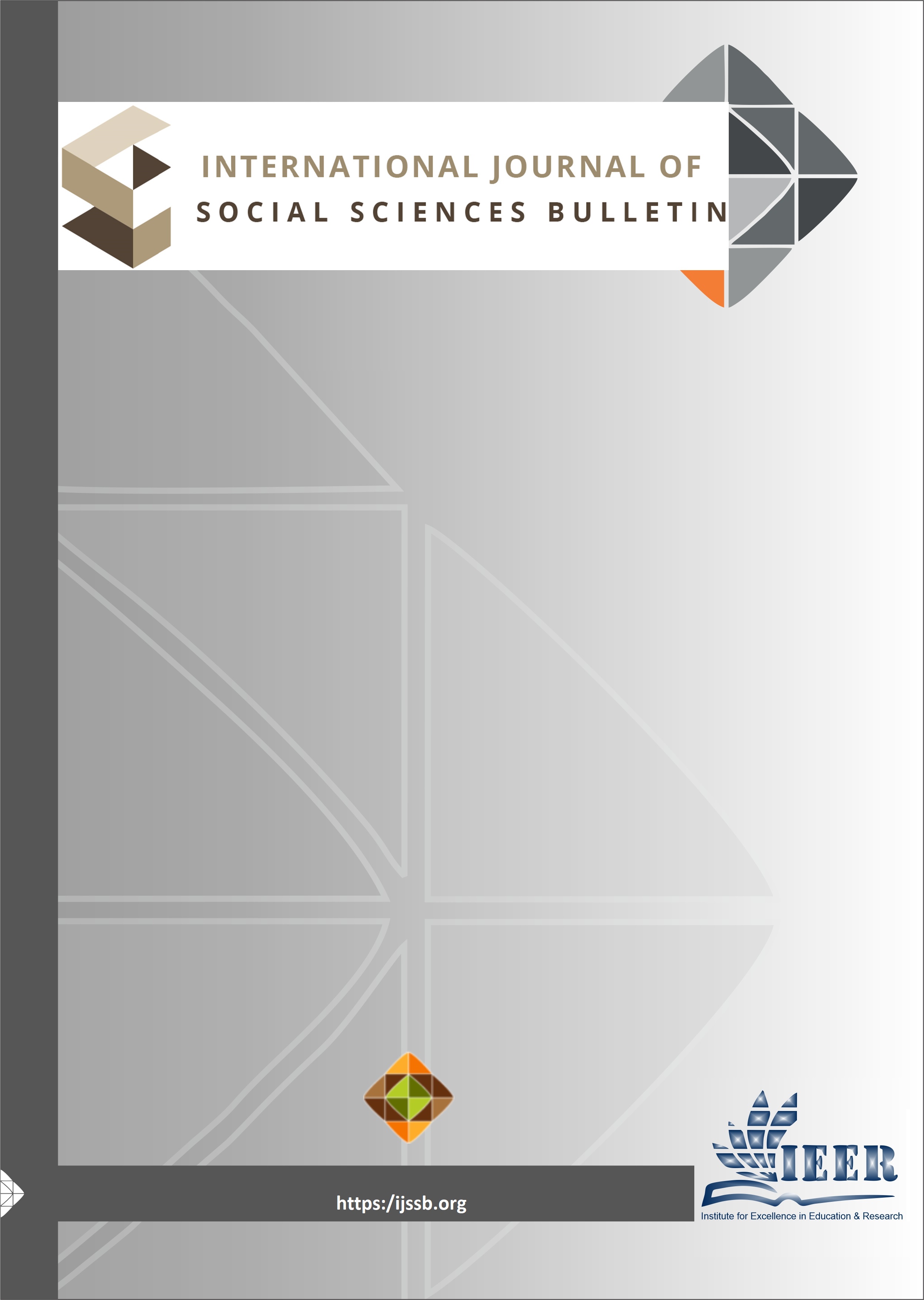CLINICAL COMPETENCE IN BSN STUDENTS: AN EXPLORATION OF PREDICTED FACTORS
Keywords:
clinical competency, BSN students, nursing education, theory-practice gap, clinical trainingAbstract
BSN education relies on clinical competency a blend of knowledge, skills, and attitudes essential for safe and effective patient care; however, inadequate clinical training, poor instructional methods, psychological stress, and insufficient institutional support often hinder the development of this competency. Nursing schools must rapidly produce competent nurses by fostering supportive learning environments, optimizing teaching resources, and effectively integrating theory with practice. This study employed a descriptive cross-sectional design to assess factors affecting clinical competency among 212 4th-year BSN students from four prominent nursing colleges in Islamabad (Rawal College of Nursing, Nova Institute of Medical Sciences, Pak-Institute, and College of nursing PIMS). Data were collected using a pre-validated questionnaire comprising 24 closed-ended items divided into four subscales clinical environment, clinical instructor factors, self-assessment, and staff-student interactions—and supplemented by focus group discussions. Data analysis was performed using SPSS 27 with univariate statistics and bivariate logistic regression (p < 0.05) to compute crude and adjusted odds ratios, while potential confounders were rigorously controlled. The results revealed that only 35.9% of participants were clinically competent, with significant deficiencies in supervision, constructive feedback, and effective orientation, as well as limited exposure to diverse clinical cases. Structural barriers, such as insufficient placements and inadequate structured assessments, emerged as primary obstacles. To improve competency, recommendations include enhancing instructor training, optimizing placements with greater case diversity and ward availability, revising orientation programs to better align theory with practice, and implementing systematic evaluations using continuous assessments and checklists.
Downloads
Published
Issue
Section
License

This work is licensed under a Creative Commons Attribution-NonCommercial-NoDerivatives 4.0 International License.

















